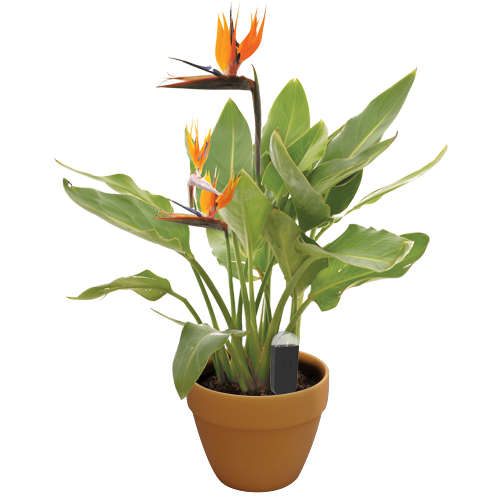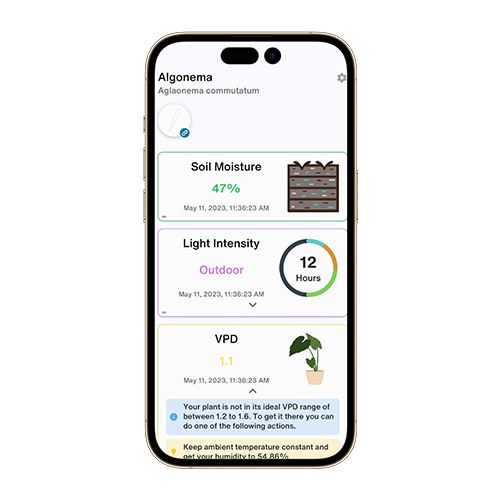Tabernaemontana divaricata
分类
家庭Apocynaceae
属Tabernaemontana
区10
关于
Tabernaemontana divaricata, commonly known as the crepe jasmine, is a flowering plant in the family Apocynaceae. Native to tropical regions of South Asia and Southeast Asia, it is often grown as an ornamental shrub or small tree. The plant is known for its fragrant white flowers and glossy green leaves. It thrives in wet tropical climates and can grow both indoors and outdoors.
也称为
Antler Fern
Butterfly-Gardenia
Crape Jasmine
Crape-Jasmine
Crown Staghorn Fern
Elkhorn Fern
Jasminum Zeylanicum
Kopsia Cochinchinensis
Nerium Coronarium
Nerium Divaricatum
Nyctanthes Acuminata
Reichardia Grandiflora
Reichardia Jasminoides
Taberna Discolor
Testudipes Recurva
Vinca Alba
Ervatamia coronaria
Ervatamia divaricata
Ervatamia divaricata var. plena
Ervatamia flabelliformis
Ervatamia recurva
Ervatamia siamensis
Tabernaemontana citrifolia
Tabernaemontana coronaria
Tabernaemontana coronaria var. plena
Tabernaemontana discolor
Tabernaemontana flabelliformis
Tabernaemontana gratissima
Tabernaemontana indica
Tabernaemontana lurida
Tabernaemontana recurva
Tabernaemontana siamensis
概述
想要更多提示吗?
细节
保养说明
Crepe jasmine prefers bright, indirect light and should be kept in a location that receives moderate temperatures. It thrives in high humidity and should be watered regularly to keep the soil evenly moist. Avoid letting the soil dry out completely. The plant can tolerate indoor conditions but also does well outdoors in suitable climates.土壤
Tabernaemontana divaricata prefers well-draining loamy soil that retains moisture but does not become waterlogged. A mix of garden soil, compost, and sand can provide the ideal growing medium. Ensure the soil is rich in organic matter to support its nutrient needs.肥料
Use a balanced fertilizer with an N-P-K ratio of 10-10-10. Fertilize the plant every 4-6 weeks during the growing season to promote healthy growth and flowering. Reduce feeding during the dormant period, if applicable.换盆
Repot the plant every 2-3 years or when it outgrows its current container. Choose a pot that is slightly larger than the previous one and ensure it has good drainage. Gently remove the plant from its old pot, shake off excess soil, and place it in the new pot with fresh soil mix.传播
Propagate crepe jasmine through stem cuttings. Take cuttings from healthy, non-flowering stems during the growing season. Dip the cut end in rooting hormone and plant it in a pot with a moist, well-draining soil mix. Keep the cutting in a warm, humid environment until roots develop.修剪
Prune the plant to maintain its shape and encourage bushier growth. Remove dead or damaged branches and trim back any overgrown areas. Pruning is best done after the flowering period to avoid cutting off flower buds.毒性
Tabernaemontana divaricata is toxic to pets and humans if ingested. All parts of the plant contain toxic compounds that can cause symptoms such as nausea, vomiting, and diarrhea. Keep the plant out of reach of children and pets.彻底改变您的植物护理
让每一个工厂都变得聪明


